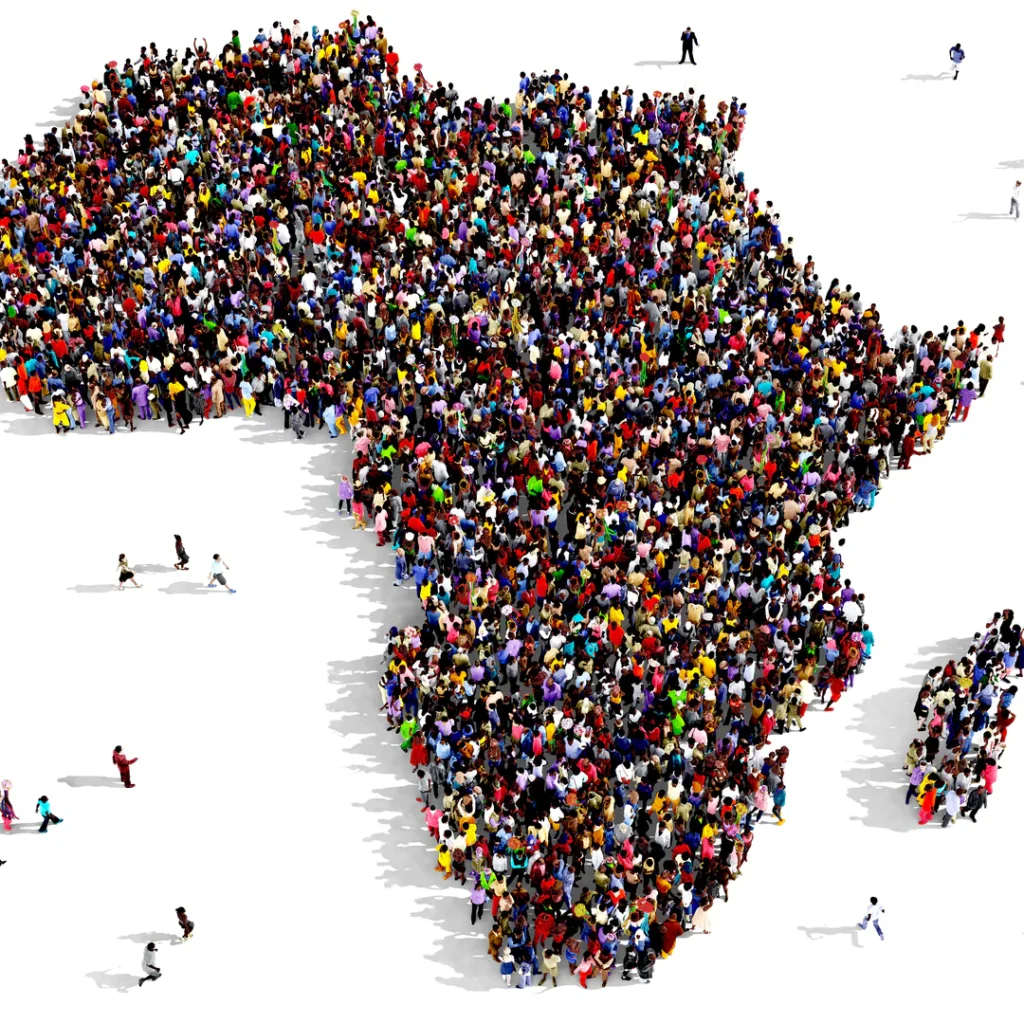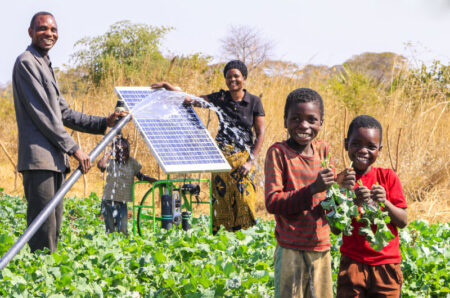Economic growth in Sub-Saharan Africa (SSA) softened markedly in 2022 to 3.4 per cent as inflationary pressure, weak external demand, and tighter global financial conditions, tempered post-pandemic recoveries in many countries. Food price pressures, already significant even before the pandemic, have intensified further because of adverse weather shocks, supply disruptions worsened by Russia’s invasion of
[elementor-template id="94265"]











